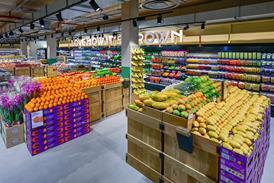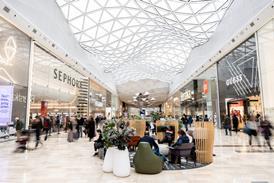Has Regent Street overtaken Oxford Street as the UK’s most desirable retail location?

Oxford Street was once one of the most desirable retail thoroughfares on the planet, but a toxic mix of shady candy shops and shuttered stores have torched its reputation. All the while, investment from new brands and high street heroes has been flowing into neighbouring Regent Street.
As two of London’s main commercial arteries divaricate, is Regent Street now the UK’s hottest shopping street? And how can Oxford Street keep up?
Already have an account? Sign in here



















